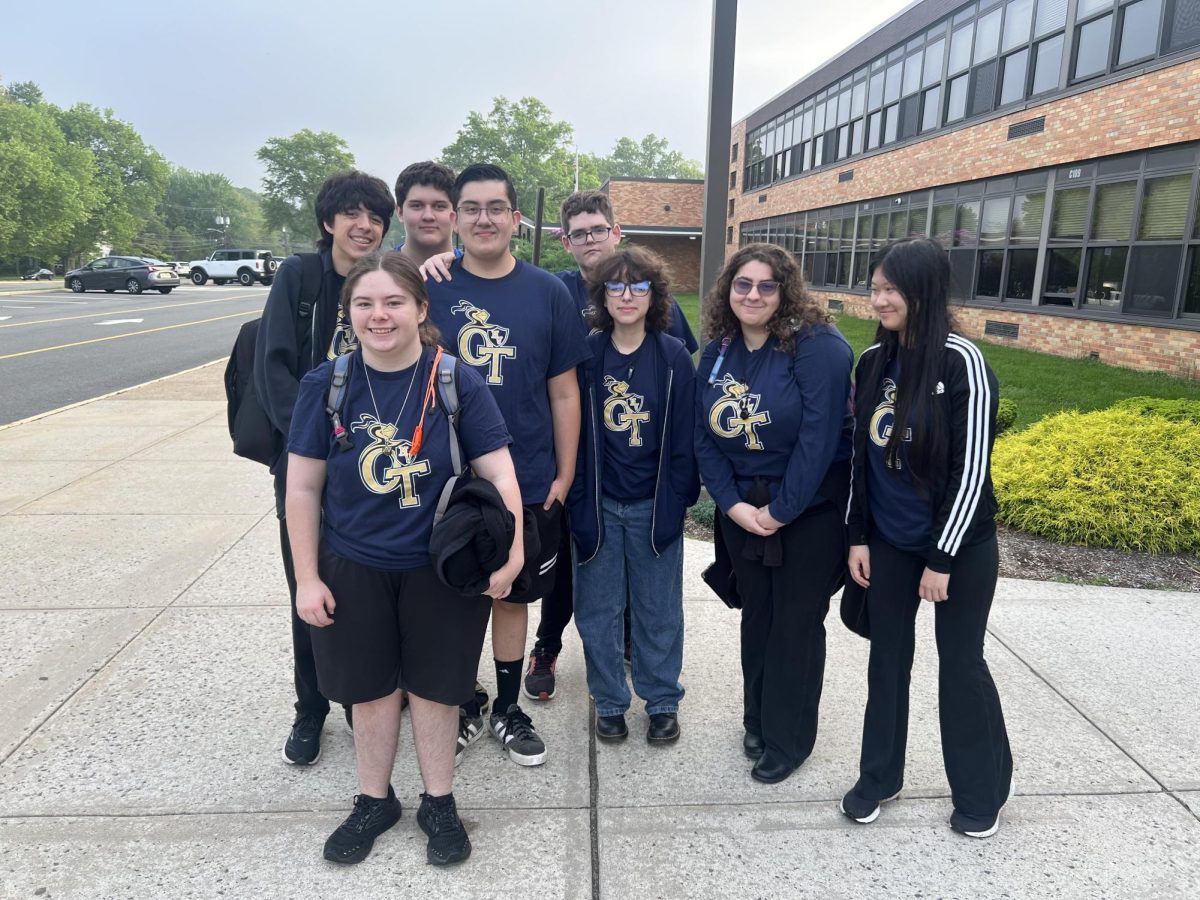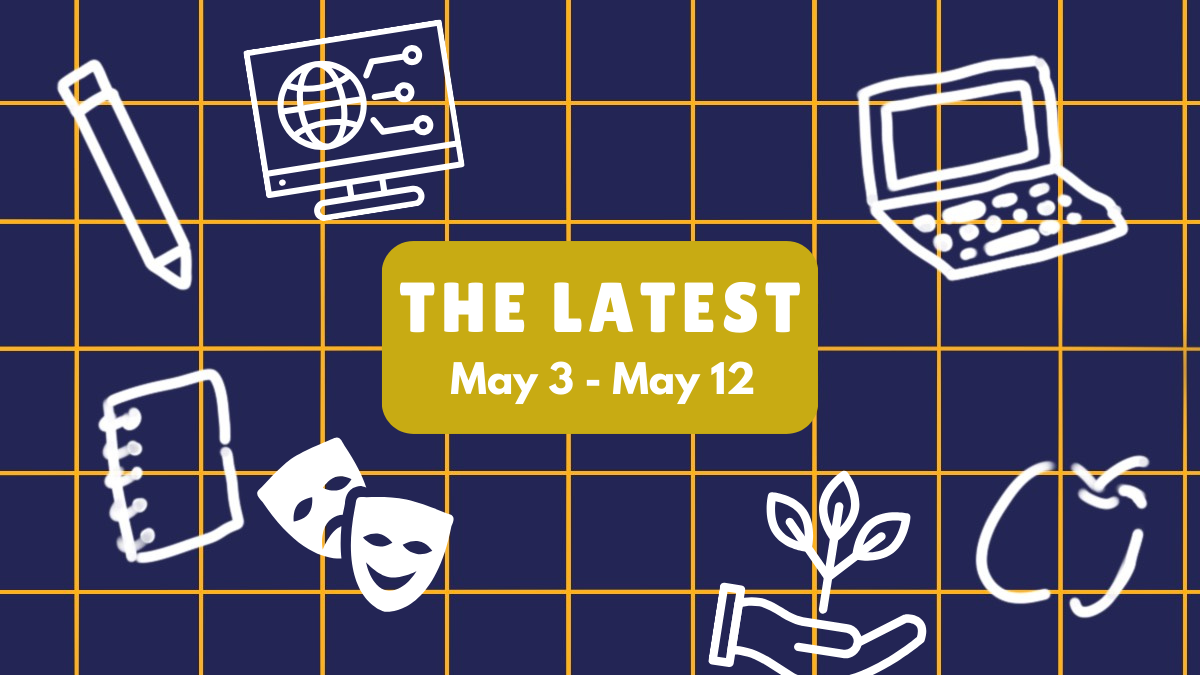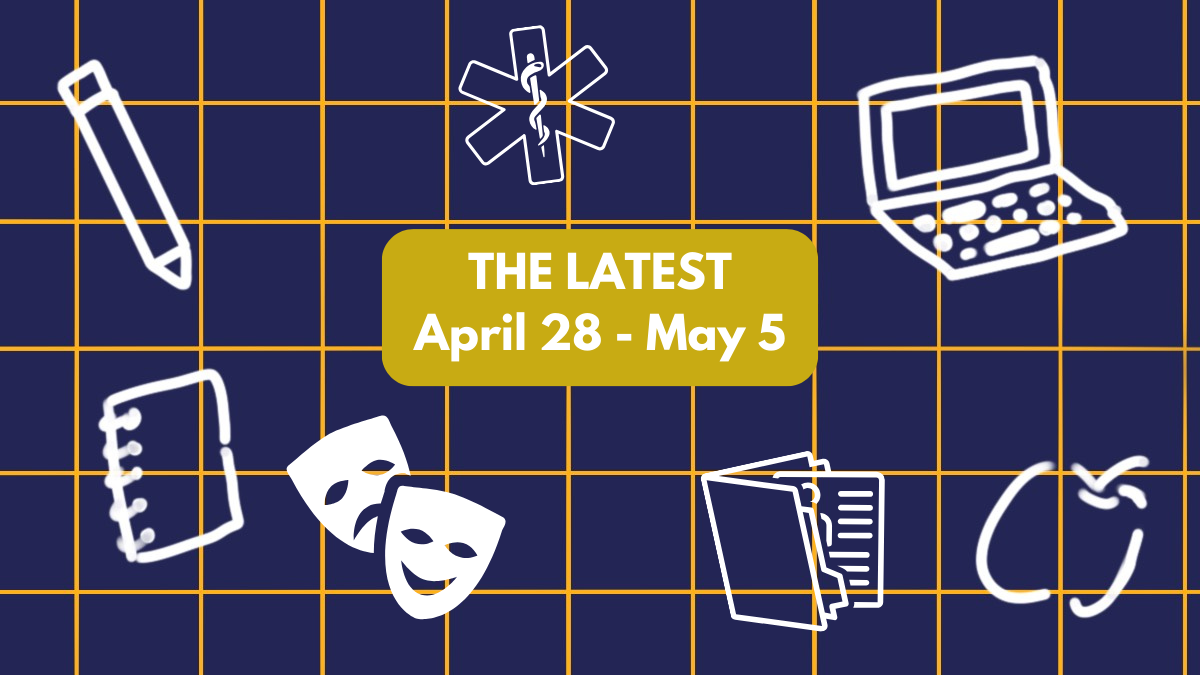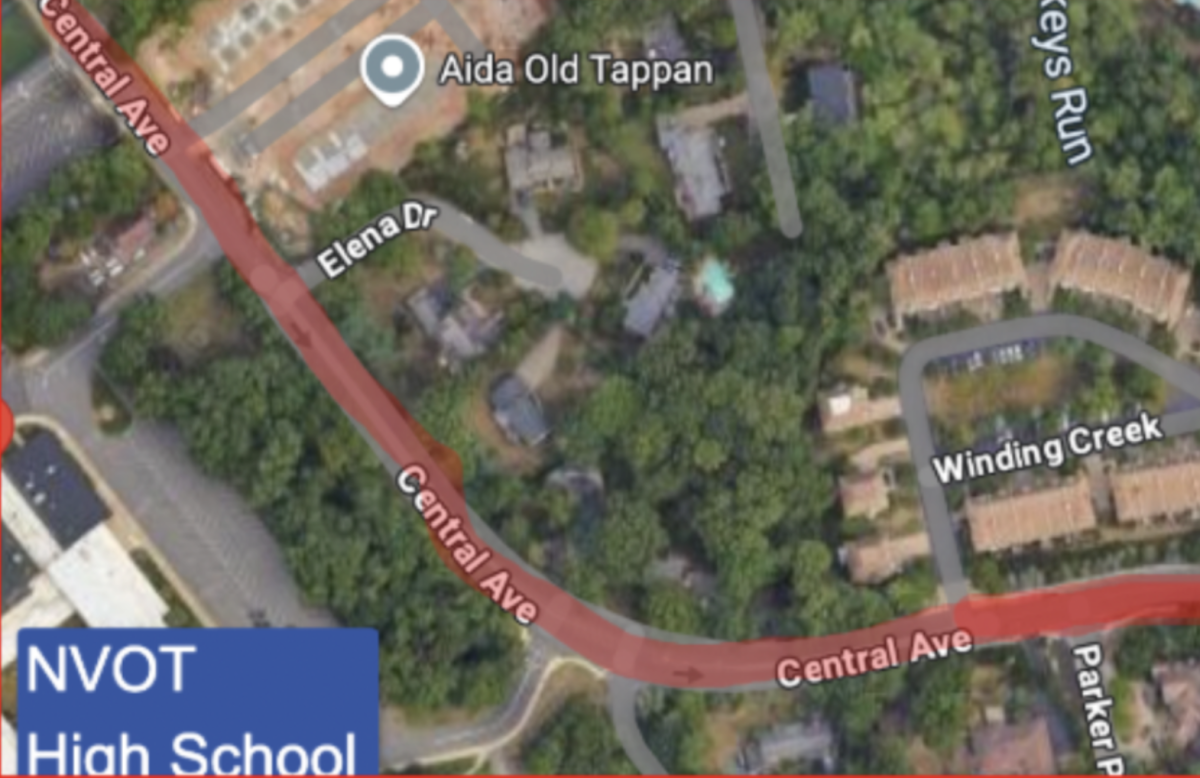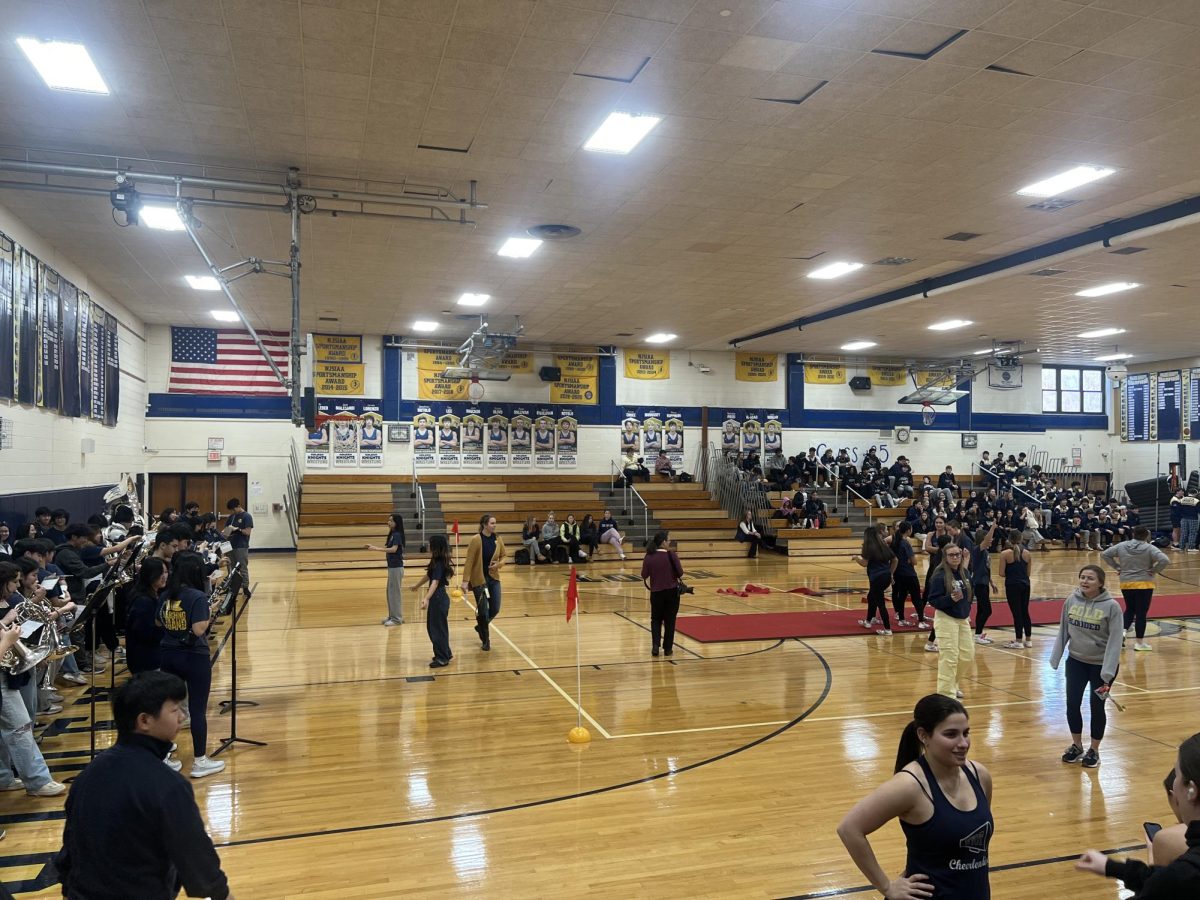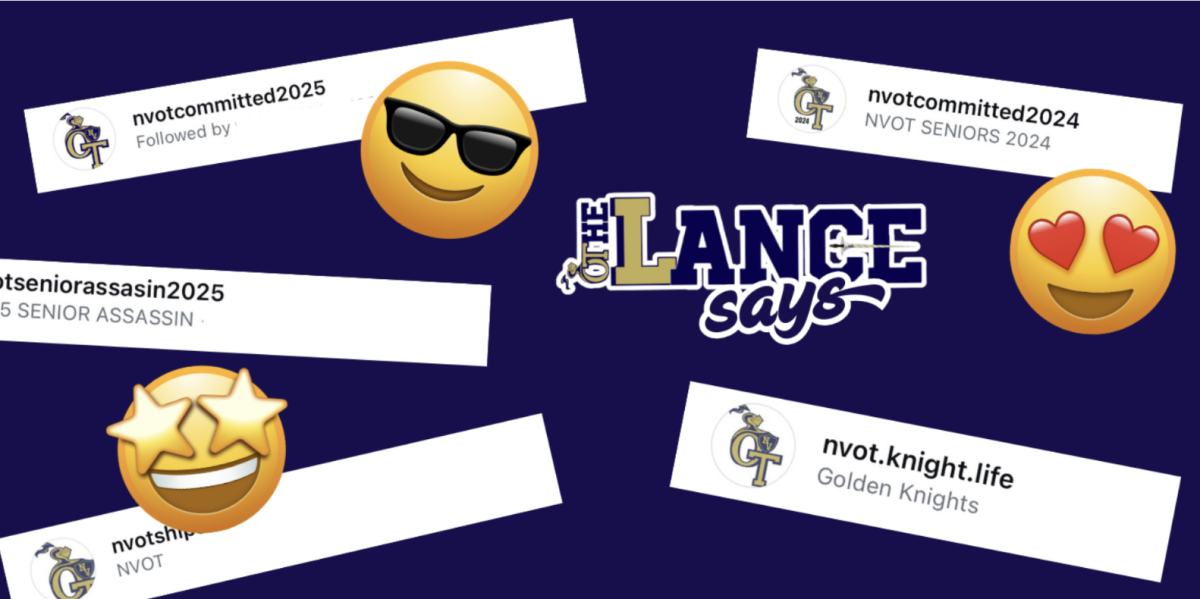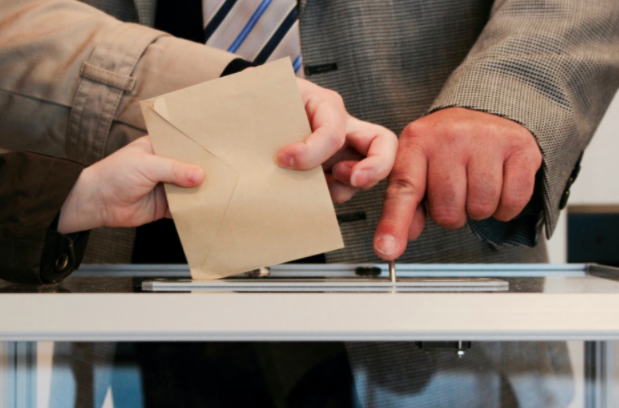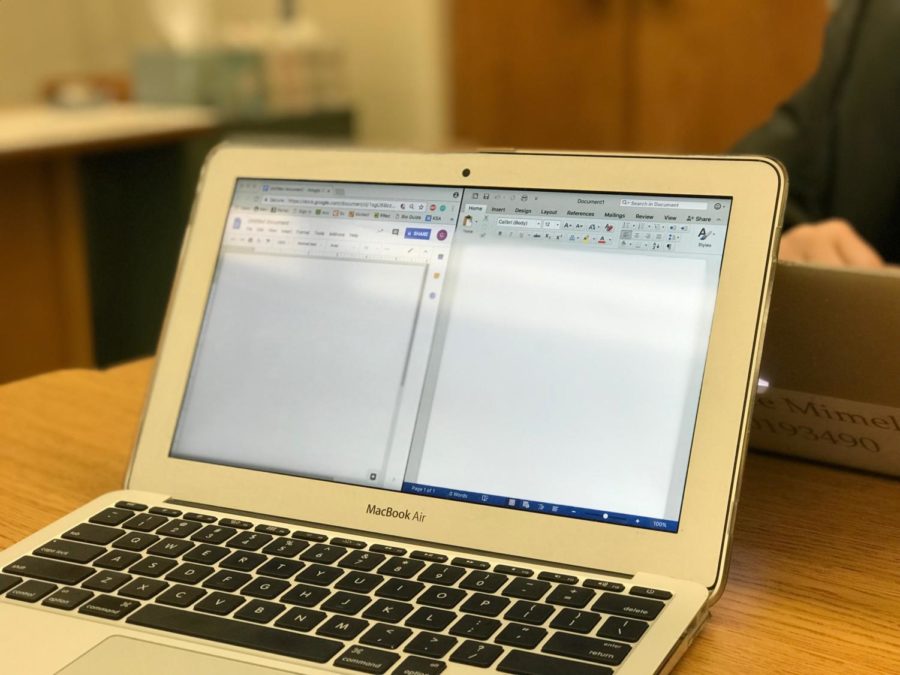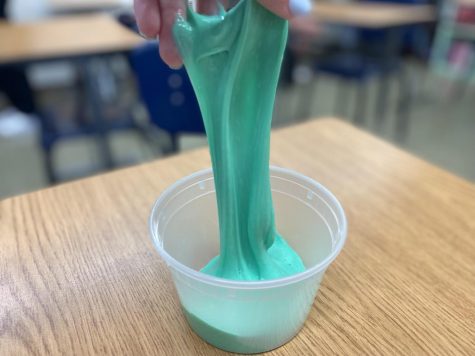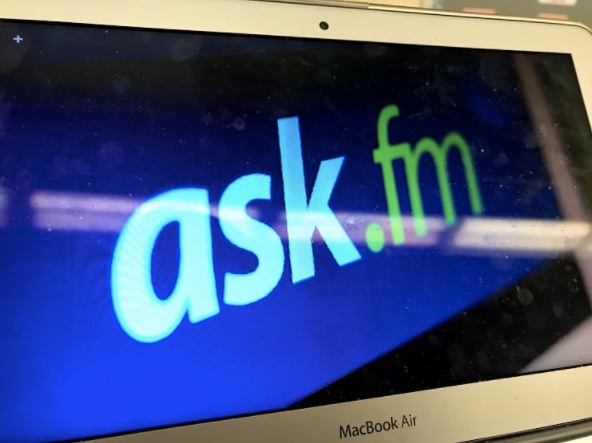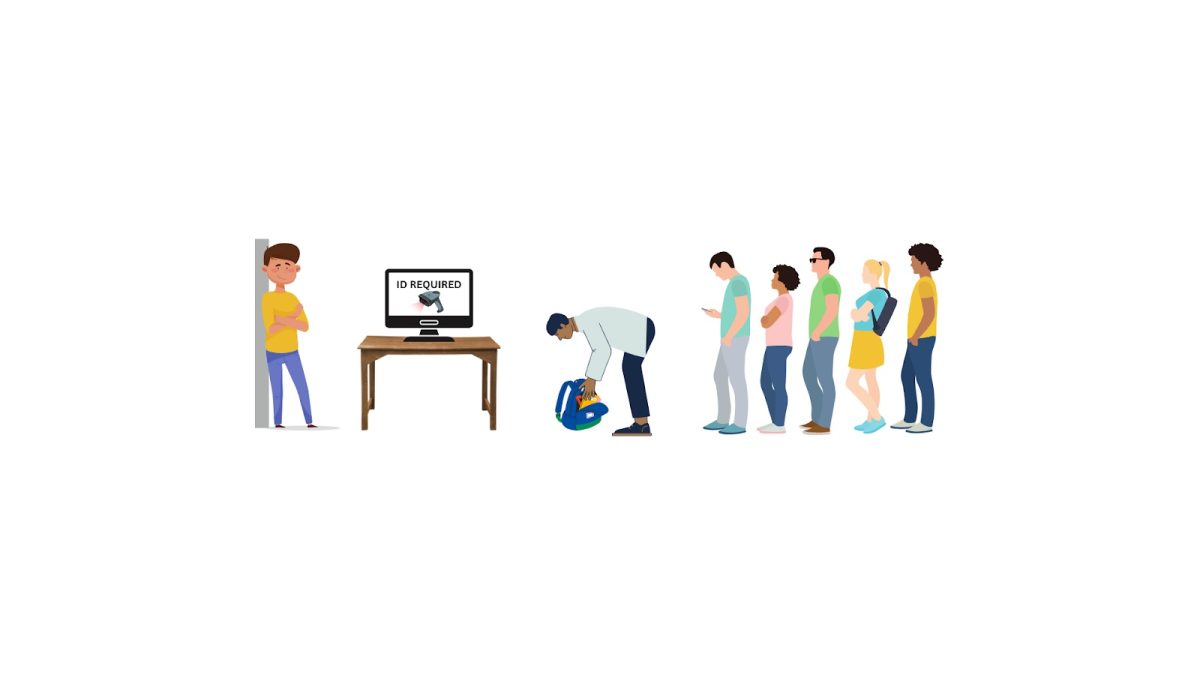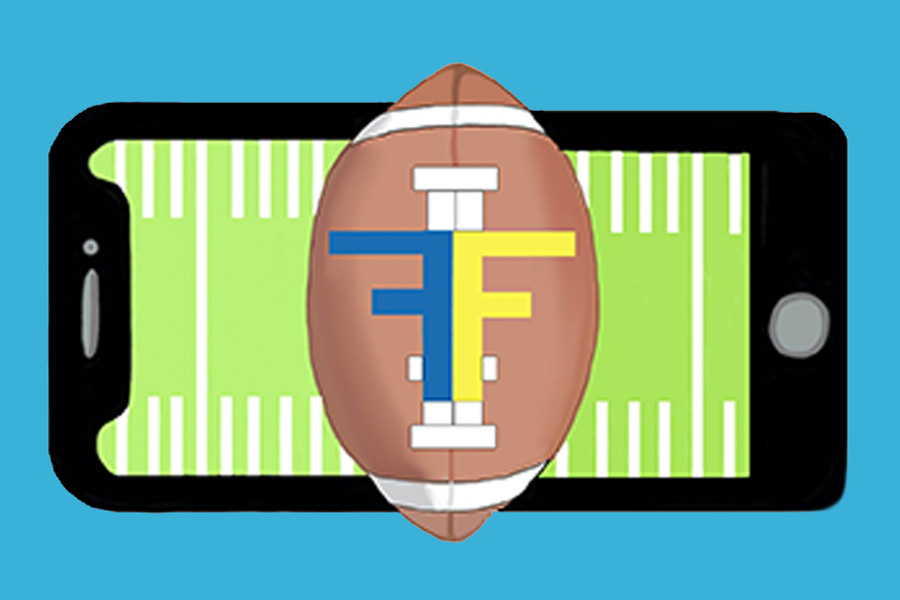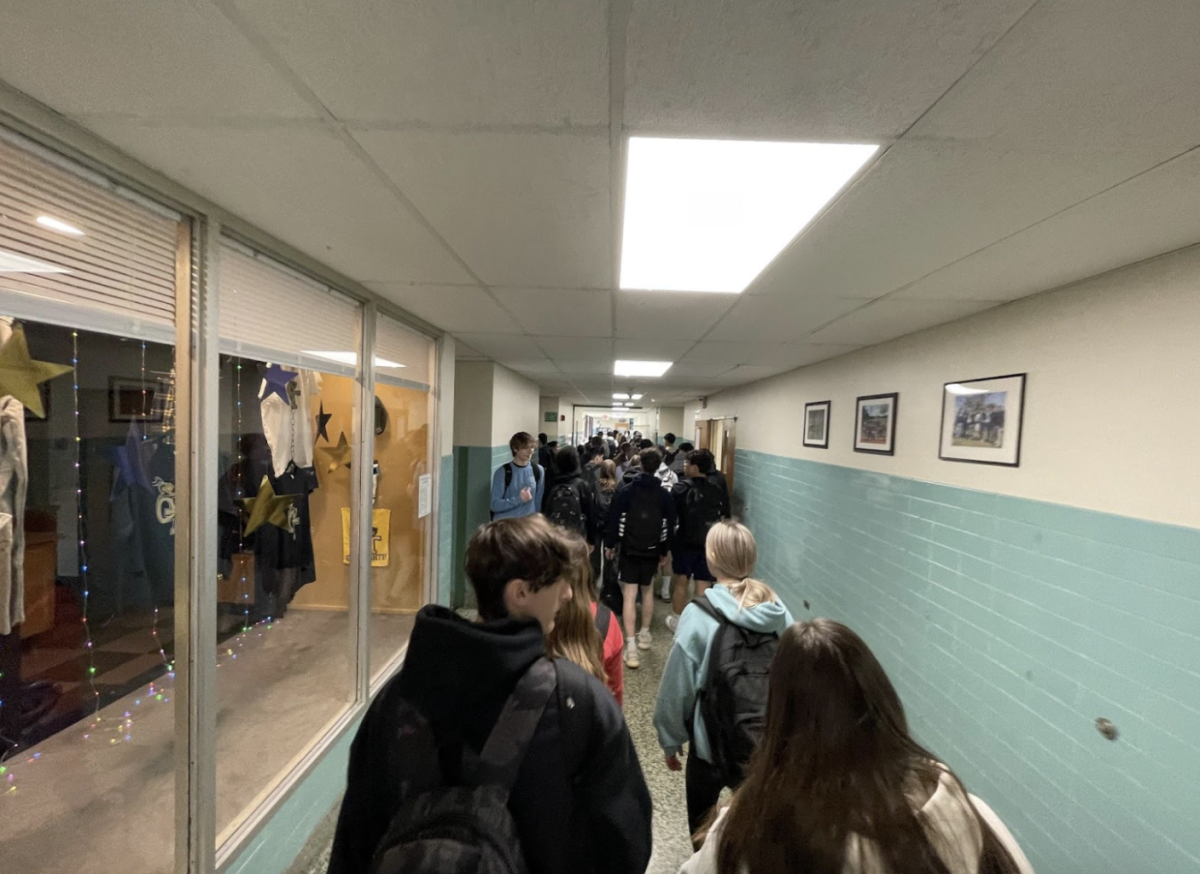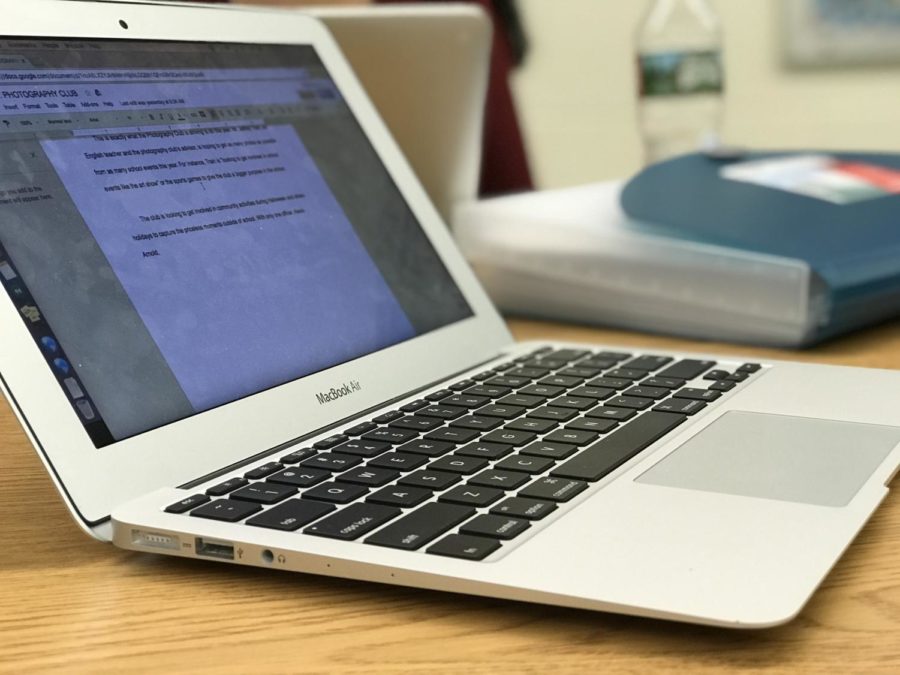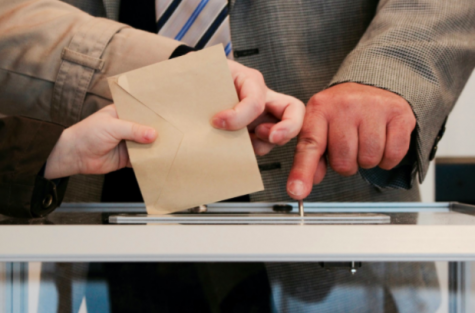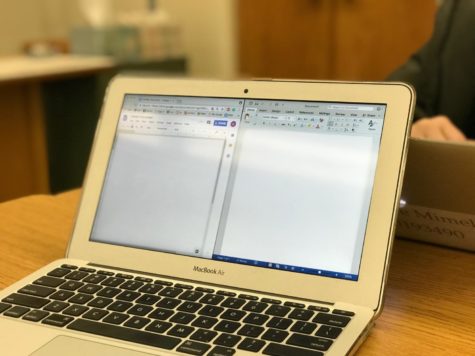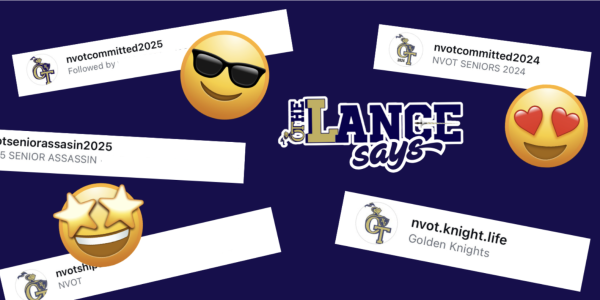Computer Notes vs. Handwritten Notes
Danielle: Notes on the computer are easier and faster
Our generation would be completely lost without technology. No matter what the activity is, iPhones, MacBooks, and all the apps that come with them rule our lives. This is a fact that becomes even more accurate as we age. For this reason, in the classroom, students need to use technology to write their own notes,. Doing so prepares students for the future, makes it easier for them to study, and provides students the freedom to do what helps them most.
Mastering any sort of skill, including typing, takes years of practice. There are very few classes in the school that give students the opportunity to hone their skills on the keyboard. Therefore, in order for students to know how to type at a quick pace, they must be allowed to type their notes and homework on a regular basis. This is a skill that will only become more necessary as the world becomes more technology-oriented, and as many college professors and jobs may require it as a prerequisite to taking the course or having the job.
Furthermore, typing is simply more practical. While teachers give their lectures, typing the information on a laptop allows students to copy more of the information. It is also easier to organize. On programs like Microsoft Word, PowerPoint, and Excel, students may reorganize their notes in a way that makes most sense to them. On paper, reorganization is a tedious and time-consuming process because everything has to be written down again. Lastly, many students’ handwriting is messy and often illegible, especially when students rush while writing. This problem is non-existent on a laptop, avoiding any confusion when students look back at their notes to study.
Those who believe that handwriting is a better note-taking strategy argue that it can helps students retain the information, and it eliminates laptops as a distraction in the classroom. First of all, not all students learn the same way. Many would prefer a hands-on approach. Enforcing rules rooted in blanket statements ignores these nuances. Also, while internet access could result in a student browsing random websites during class, that student will inevitably do worse on quizzes and exams. Then, they would want to change their ways to prohibit them from seeing the nightmarish notification from PowerSchool that their grade has dropped. It is the student’s responsibility to pay attention in class, not the teacher’s.
As students become older, they gain more and more freedom. After the first half of junior year, they may leave school during lunch. At the start of senior year, they may leave their car in the parking lot. But most importantly, students should be able to have academic freedoms, which would allow them to learn the way they see best fit for themselves.
Craig: Handwritten notes facilitate interaction
As a student, I could not imagine my life without a computer. Writing essays and doing research would become that much harder. Technology has been replacing inefficiencies in our society for decades, but there are certain aspects that must withstand the technological revolution. Penmanship and note-taking must be among them.
Not only is handwriting a valuable skill, but handwritten notes make students interact and absorb the material despite requiring more effort. As a result, simply giving students the choice to do what they want enables short sighted students to always take the easy way out. It is unreasonable to expect students to do what is best for them. To make sure students are doing what is best for their learning, students should be required to handwrite notes in required classes that give lectures like Health and History.
Everyone knows the feeling of looking down on a test with the answer on the tip of the tongue. In classes where I do not handwrite my notes, I have to wonder if this is because of my typing.
Professors at Princeton University and the University of California, Los Angeles have both confirmed this intuition. This idea is known as the “Encoding Hypothesis.” As a person handwrites notes, they are forced to process and retain the information.
More than this proposal, the professors point to another benefit of handwriting notes to explain why students do better when they write their notes down. Because note-taking is much slower than typing out notes, students must focus on the important information. This style of note-taking includes two aspects that ensure students must interact with the material they are learning during class.
On the other hand, typing out notes allows students to indiscriminately type down every word they hear. When students type out notes, there is a lack of interaction with the material that handwriting brings. Moreover, programs like spellcheck allow students to compromise severely on spelling and grammar.
While handwriting may take up more class time, the difference is insignificant when realizing the negative effects of typing notes. While teachers can cover more material, there is far less physical learning going on. The goal of lectures and note-taking in the first place should be retention, not covering as much material as possible.
However, slowing down class is not necessarily a bad thing. This time allows teachers to expand on information on more than just the Powerpoint slides.

